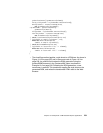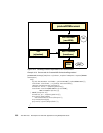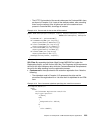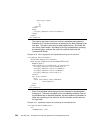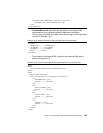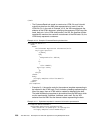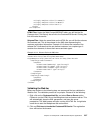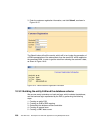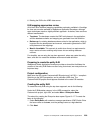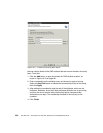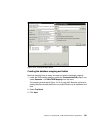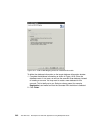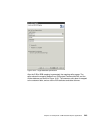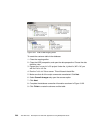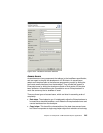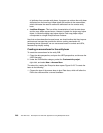Chapter 10. Development of XML-based Enterprise applications 239
6. Binding the EJB to the JDBC data source.
EJB mapping approaches review
All of the EJB to relational mapping capabilities previously available in VisualAge
for Java are now also available in Websphere Application Developer, although
some techniques require a slightly different approach. As before, there are three
different mechanisms:
Top down: The developer creates the CMP entity beans in the application,
and the database schema and mapping are generated from this definition.
Bottom up: An existing database schema exists for the application, which is
imported into the development environment, and used to generate the CMP
entity beans and the mappings.
Meet in the middle: This scenario is useful when there is a requirement to
map a series of new or existing entity beans into an existing database
schema.
For simplicity, we are using the top down approach, where we create the entity
bean, and use it to create the database schema and table definition.
Preparing to create the entity EJB
Websphere Studio Application Developer provides a wizard that facilitates the
creation of the entity EJB. Before we start using that wizard, we must perform an
important step.
Project configuration
Make sure that you create CustomerInfoEJB project and it is EJB 1.1 complient.
Switching to the J2EE perspective, and in particular J2EE view. The
CustomerInfoEJB project should appear attached to the node EJB modules.
Creating the entity EJB
To create the entity EJB using the top down approach, we do the following:
Under the EJB Modules category in the J2EE perspective, select the
CustomerInfo project, right-click, and select
New—>Enterprise Bean.
The wizard for creating the Enterprise bean opens Figure 10-17. To create the
bean do the following:
1. Select
Entity Bean with container-manages persistence (CMP) fields. Enter
the bean name as Customer, and the package name as registration.
2. Click
Next.



